 Greetings Friends,
Greetings Friends,
This newsletter includes; Farewell to Shorebirds, Lee Point development update, Darwin woodland, plants and wildlife.
1. Farewell to Shorebirds – Saturday morning 11 March at Lee Point
Soon the migratory shorebirds will start flying north to places like Siberia (10,000km away) to breed. Come and join us at a free birdwatching event to see these birds and the other birds that call Lee Point home, details at: Farewell to Shorebirds 2023

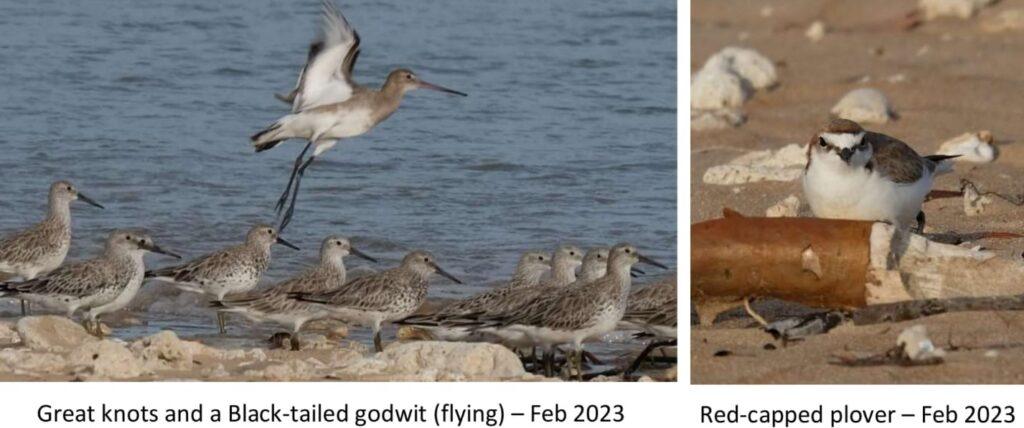
The migratory shorebirds (left) are under threat, ABC footage from Lee Point explains why and Living with Shorebirds at Lee Point has additional information.
2. Update on DHA Lee Point development
The Australian Government is still assessing the area for gouldian finch habitat.
Having Lee Point intact makes life better for people and wildlife in Darwin/Palmerston. Please sign this new PETITION to help relocate the DHA development to a suitable area.
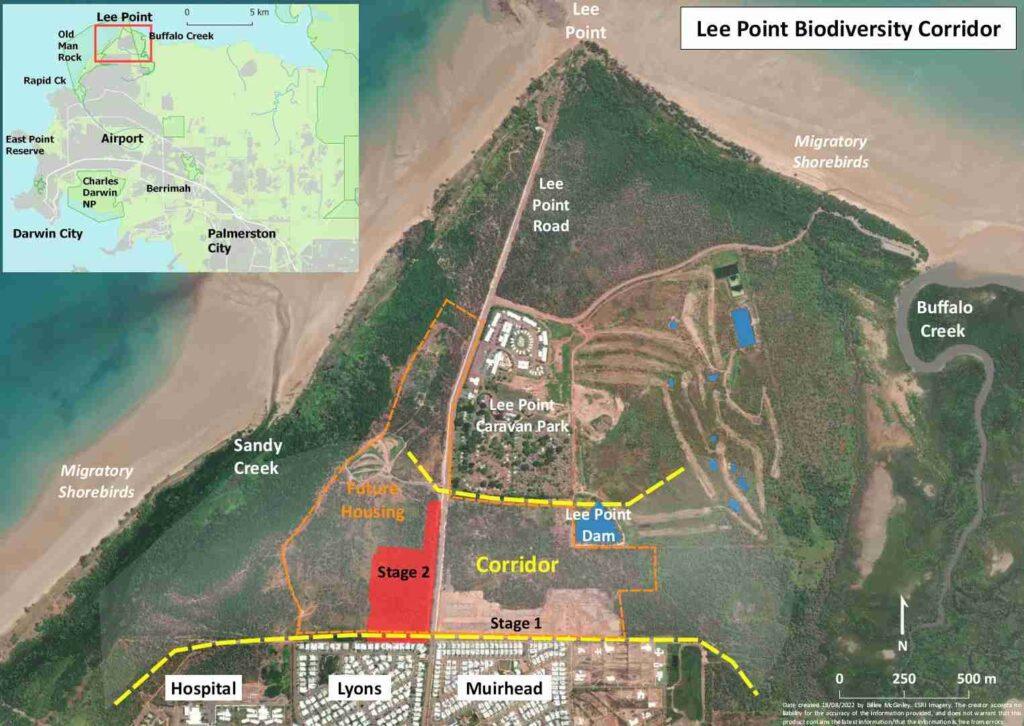
Fig 1. Map showing DHA Stage 2.
3. Darwin woodland/tree hollows
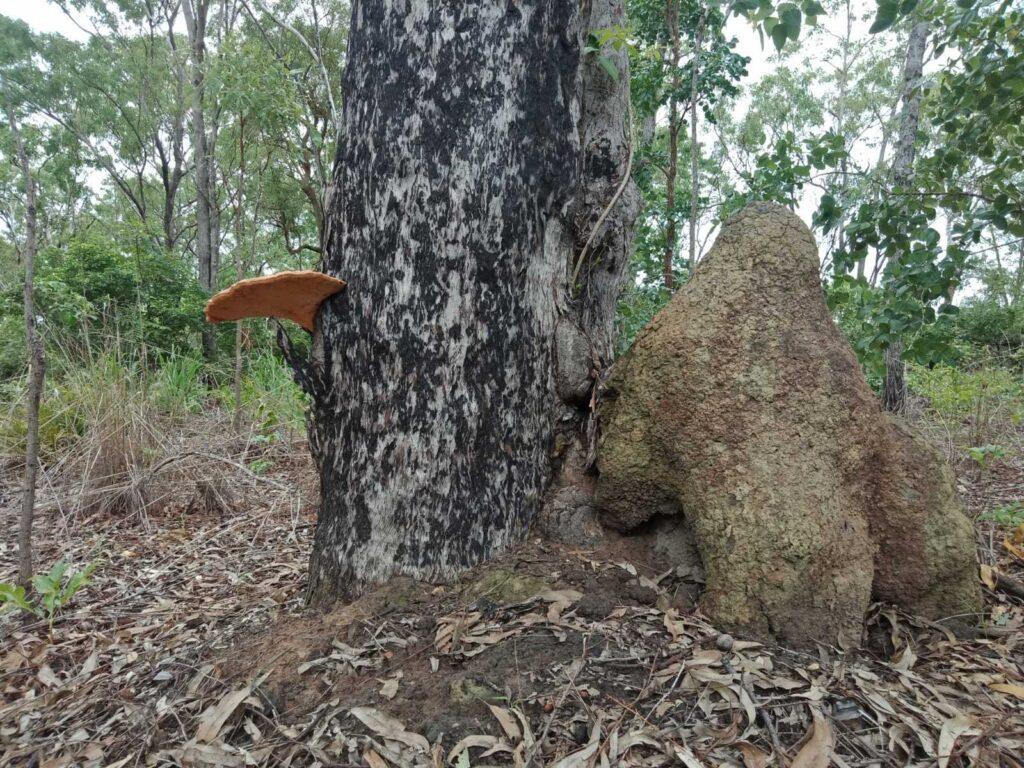
Fig 2. Fungi and termites help form tree hollows in trees over time – Feb 2023
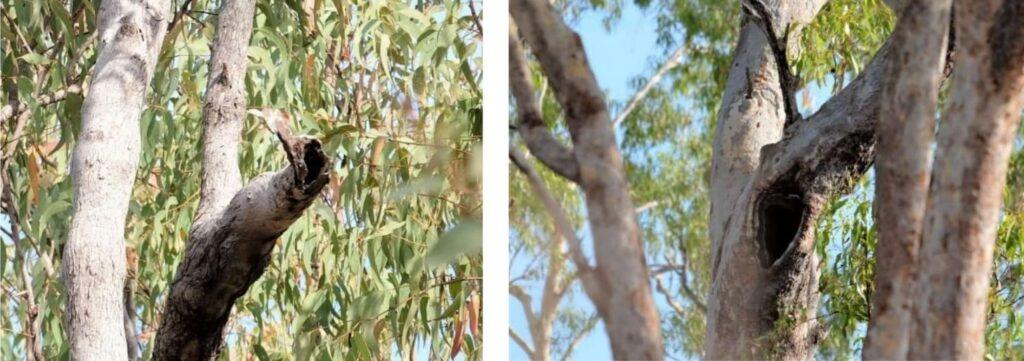
Fig 3 Tree hollows in Lee Point corridor
Gouldian Finches and a lot of other wildlife rely on tree hollows that are found in large woodland trees.
The good news is that gouldian finch numbers have been increasing – according to recent CDU research. We believe that the Lee Point corridor (Fig 1) is prime real estate for gouldian finches because it offers:
-
-
Some of the best old-growth woodland in the Darwin/Palmerston area – lots of good tree hollows to choose from.
-
-
-
Great variety of grass seeds (11 of the 20 Australian grass finch species fed here in 2022)
-
-
-
Outstanding selection of watering points – dry season access to 10 dams and sprinklers (caravan park only)
-
For more information on where the large woodland trees are in Darwin/Palmerston area, refer Darwin’s large woodland trees – a preliminary study.
4. Lee Point Trivea
Name these birds, answers at the end.
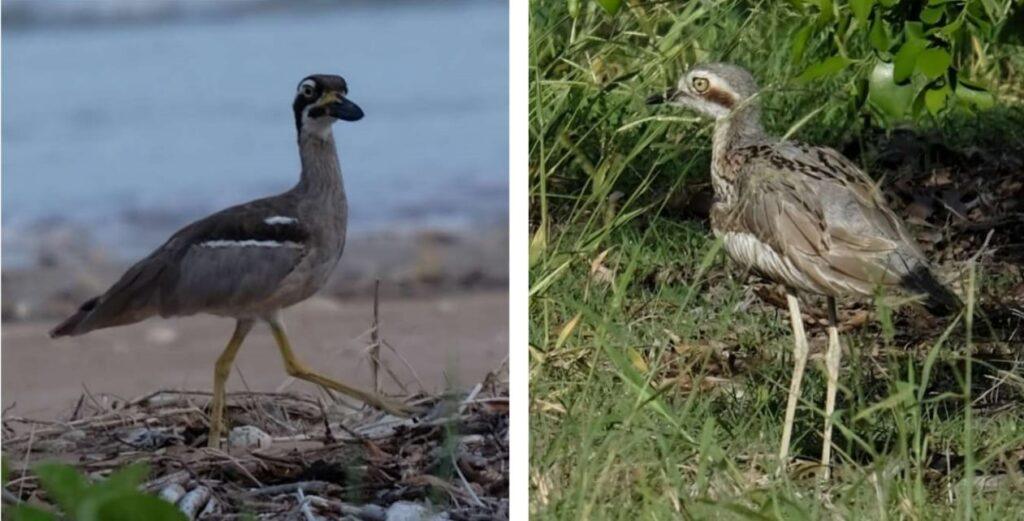
5. Plants and wildlife
Photos taken at Lee Point Feb 2023 unless noted.
Many plants and fungi flourish at Lee Point with the wet season rains.
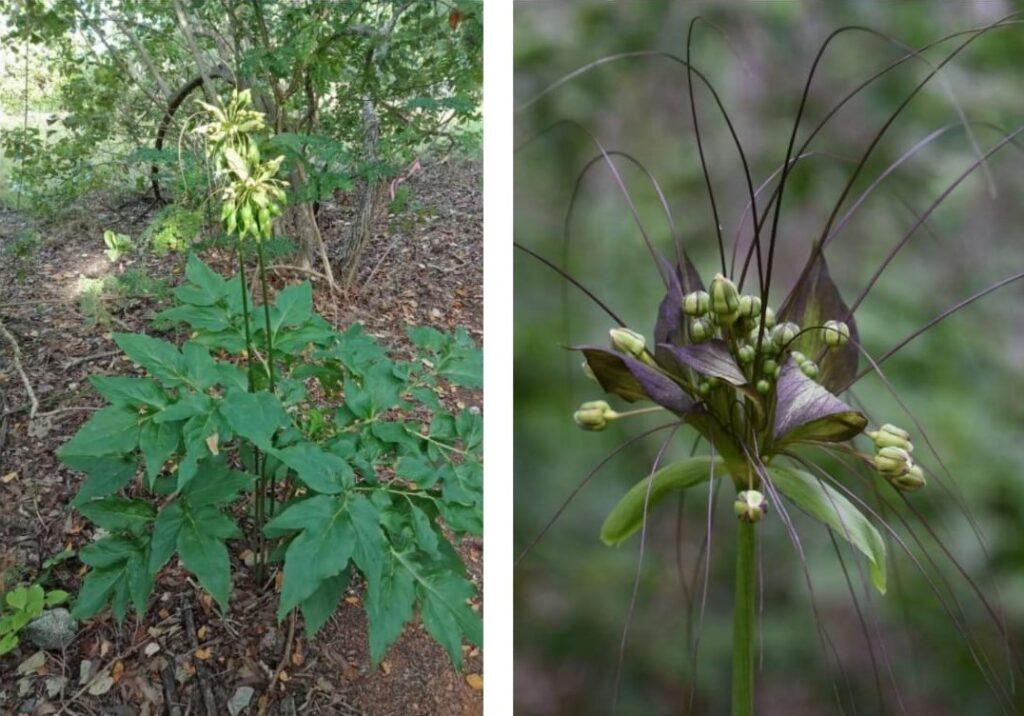
Polynesian arrowroot (Tacca leontopetaloides) has started flowering at Lee Point.
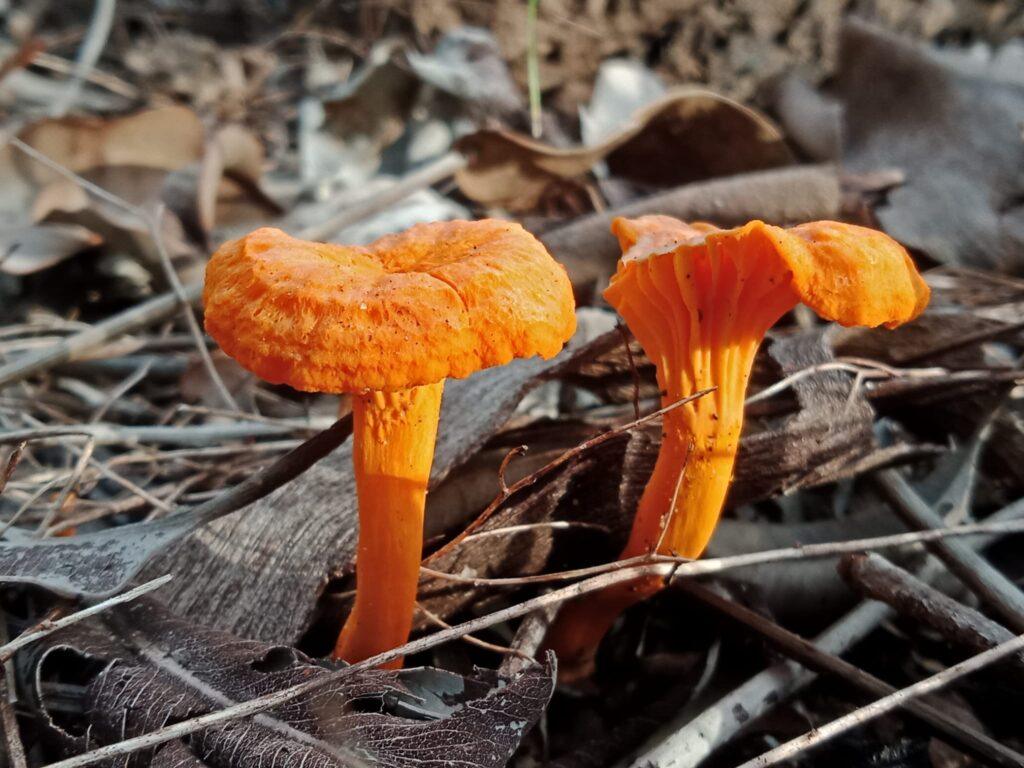
Fungi (probably Chantharellus spp.) fruiting in woodland.
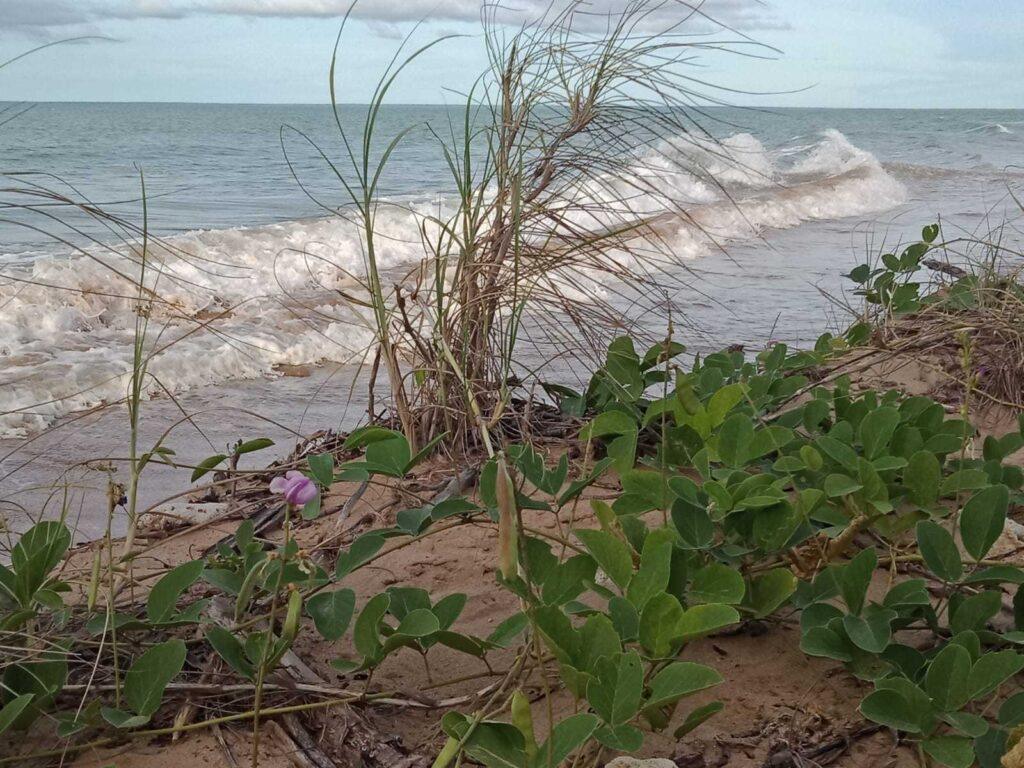
Ipomea (Ipomea spp.) and beach spinefix grass – both help protect coastal dunes from erosion.
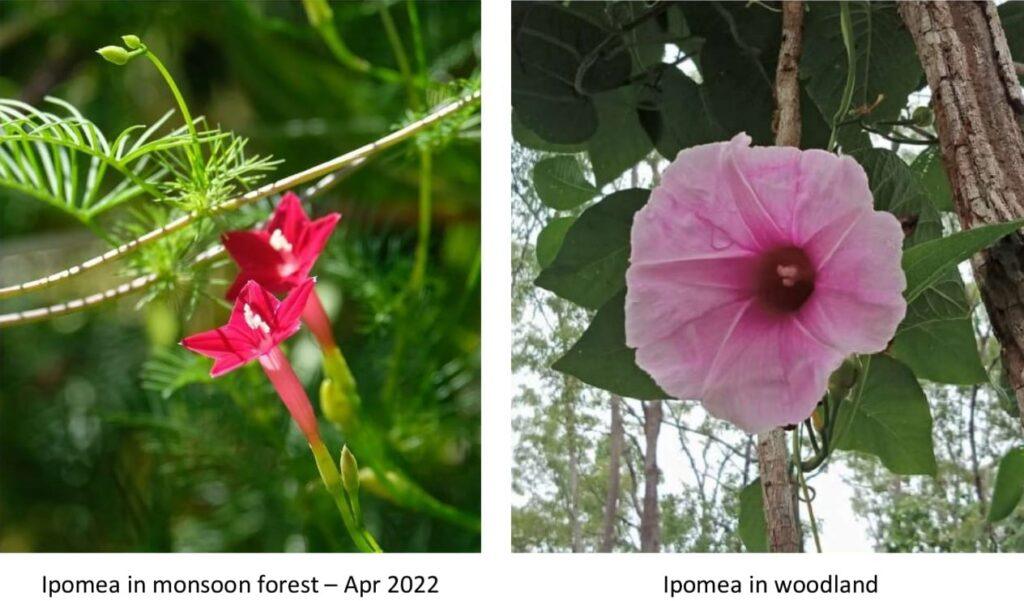
IPOMEA – There are at least a few species of Ipomea growing at Lee Point. One of the species found on the beach gets called Beach Morning Glory . The attractive red-flowered one, called Cypress Vine (Ipomea quamoclit) is an invasive weed in Darwin.
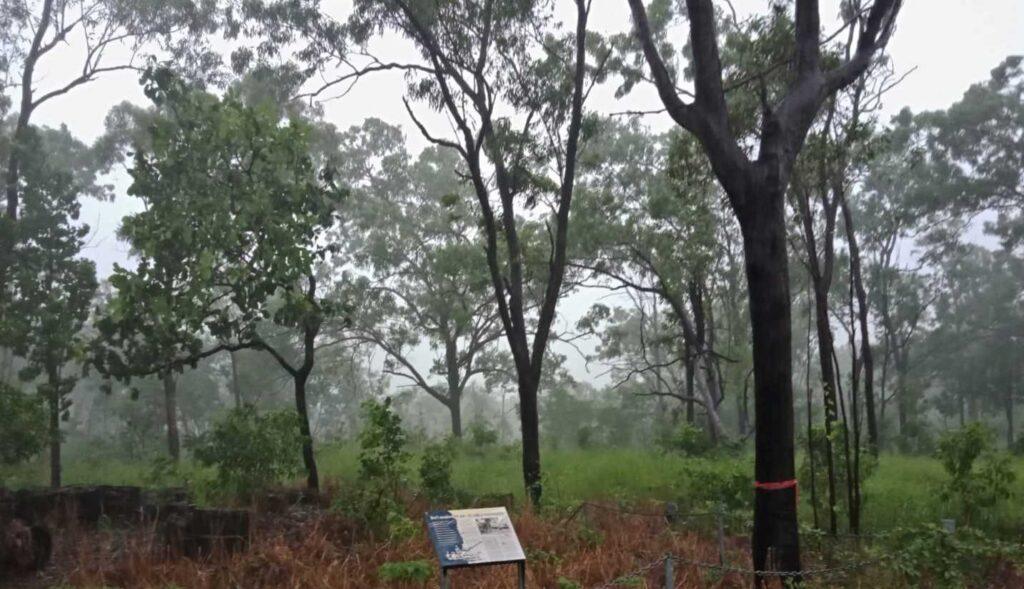
Woodland at Lee Point in wet season rain
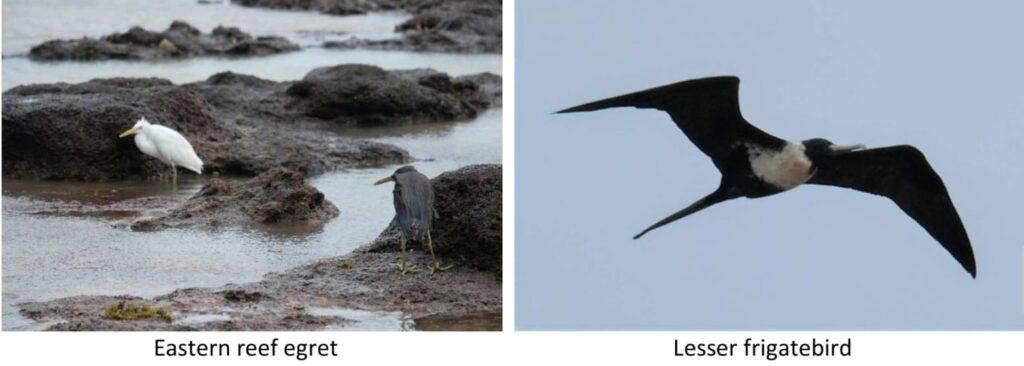
Eastern reef egrets (Egretta sacra) occur in two colour morphs a white or a slatey grey. These two were seen fishing at Lee Point (they are the same species).
Frigate birds are large tropical seabirds that can spend days aloft. They are good flyers and capture prey (especially flying fish), drink in flight and sometimes make spectacular aerial pursuits to steal food from other seabirds. Source – Australian Bird Guide. They are more often seen in Darwin when storms are happening.
Enjoy the wet season at Lee Point